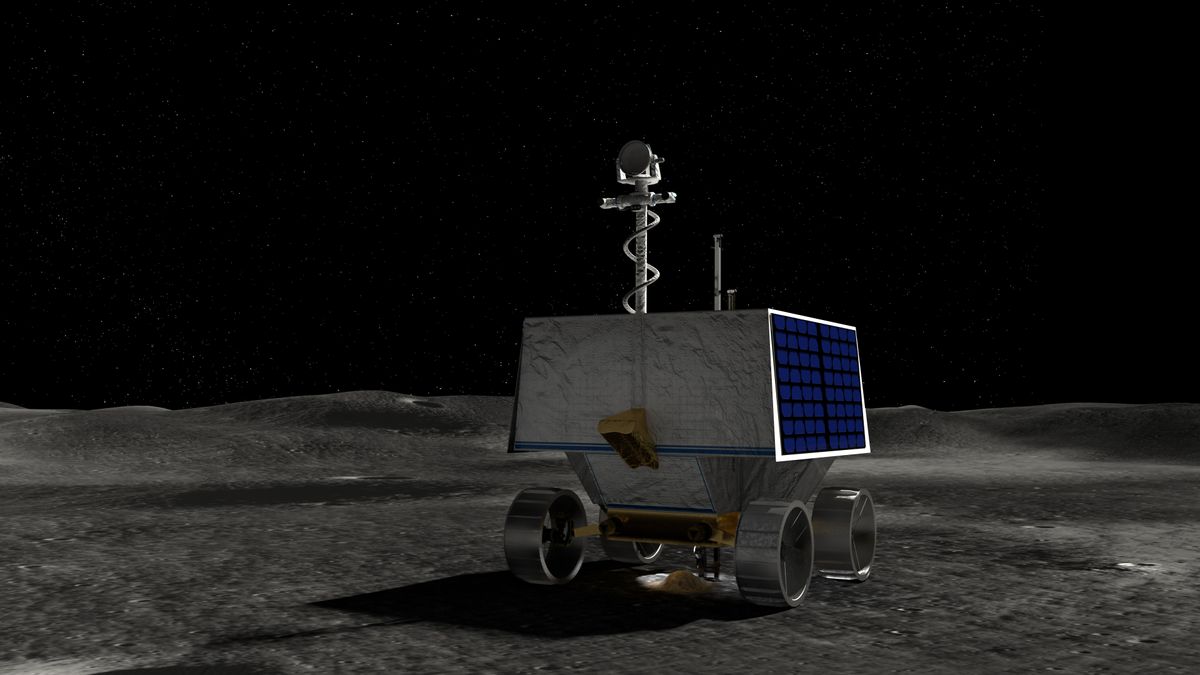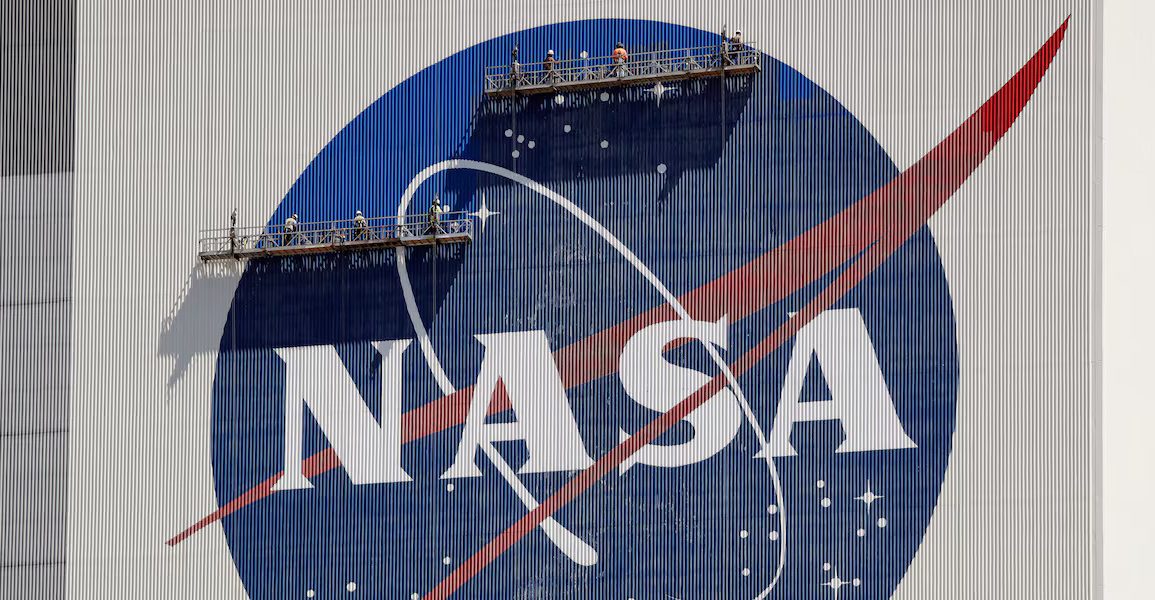Following an extensive internal review, NASA announced on Wednesday its decision to halt the development of the VIPER (Volatiles Investigating Polar Exploration Rover) project. This decision comes after a thorough evaluation of the project’s escalating costs, delays in its scheduled launch, and the potential for further financial overruns.
Originally slated for a late 2023 launch, the mission had already been postponed to late 2024 to allow additional preflight testing of the Astrobotic lander. Subsequent delays have pushed VIPER’s readiness to September 2025, aligning with the delayed schedule of its CLPS (Commercial Lunar Payload Services) launch aboard Astrobotic’s Griffin lander. NASA has communicated this decision to Congress, emphasizing the need to prevent budgetary impacts on other CLPS missions.
NASA cited the necessity of reallocating resources as a critical factor in its decision. Nicola Fox, associate administrator of the Science Mission Directorate at NASA Headquarters in Washington, stated, “We are committed to studying and exploring the Moon for the benefit of humanity through the CLPS program.”
She highlighted NASA’s extensive plans for lunar exploration over the next five years, including the search for ice and other resources. By discontinuing VIPER, NASA aims to maximize the use of its technological developments and maintain funds for a broader lunar exploration agenda.

The instruments and components of the VIPER rover will be disassembled and repurposed for future lunar missions. Before dismantling, NASA will entertain expressions of interest from U.S. industry and international partners for the utilization of the VIPER rover system at no cost to the government.
Interested parties are encouraged to contact NASA by August 1st. The project will undergo a systematic closure process, expected to conclude by spring 2025.
Astrobotic’s Griffin Mission One will continue under its existing contract with NASA, targeting a launch no earlier than fall 2025. This mission, even without VIPER, will still serve a vital role by demonstrating the Griffin lander and its engines.
NASA remains committed to achieving many of VIPER’s objectives through alternative methods and missions, such as the upcoming Polar Resources Ice Mining Experiment-1 (PRIME-1), which aims to land at the lunar South Pole in the fourth quarter of 2024. PRIME-1 will seek out water ice and conduct a resource utilization demonstration.
Looking ahead, NASA plans to incorporate future instruments into its crewed missions, including the Lunar Terrain Vehicle, which will facilitate mobile observations of volatiles in the south polar region. This will enable astronauts to access and sample the Moon’s permanently shadowed areas.
Additionally, three of VIPER’s four instruments will be utilized in other Moon landing missions, ensuring that the technological advancements and scientific goals of the VIPER project continue to benefit lunar exploration initiatives. Through Artemis human missions and CLPS, NASA is set to explore the Moon more extensively than ever, leveraging advanced robotics, U.S. commercial partnerships, and international collaborations.

